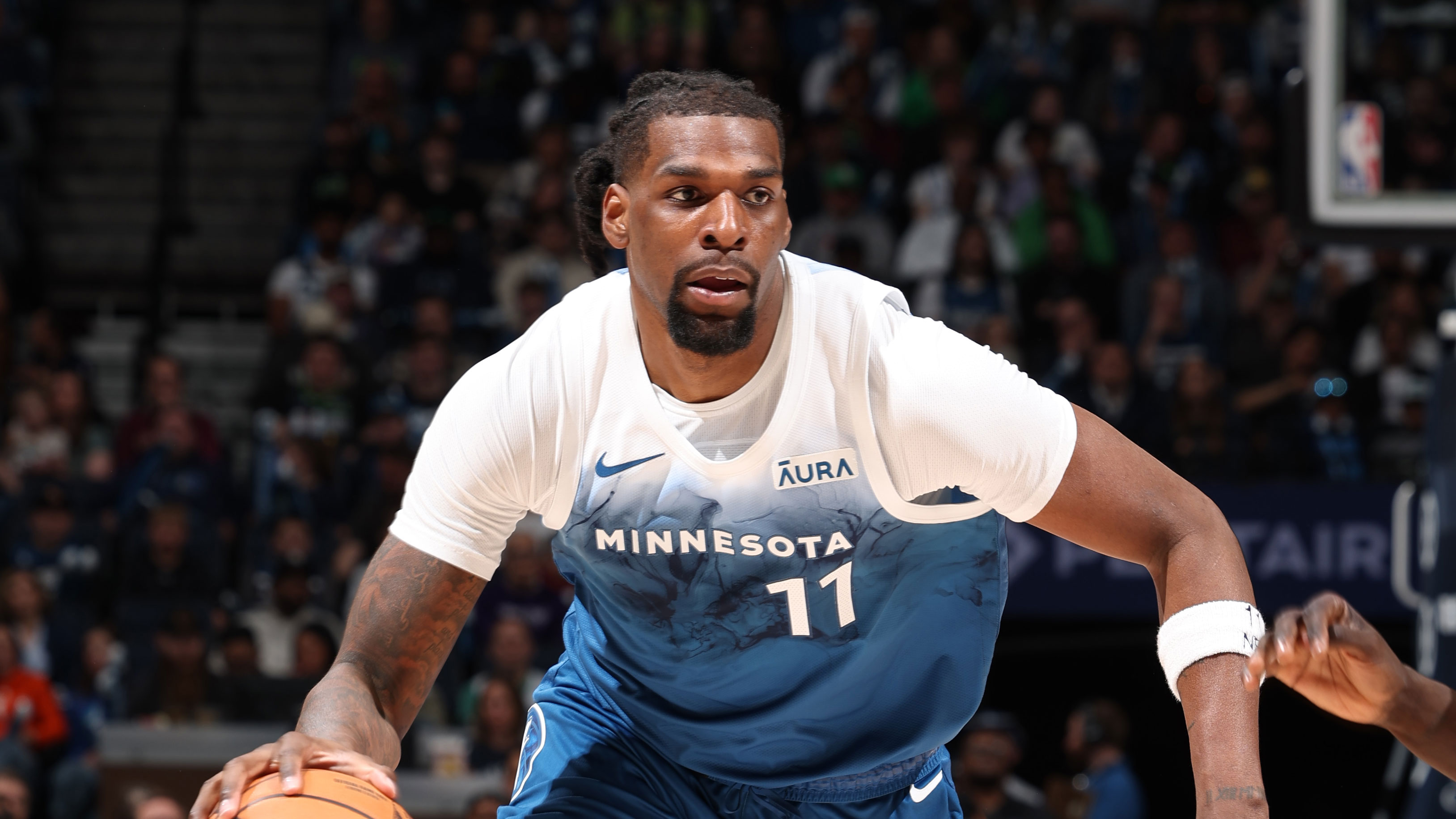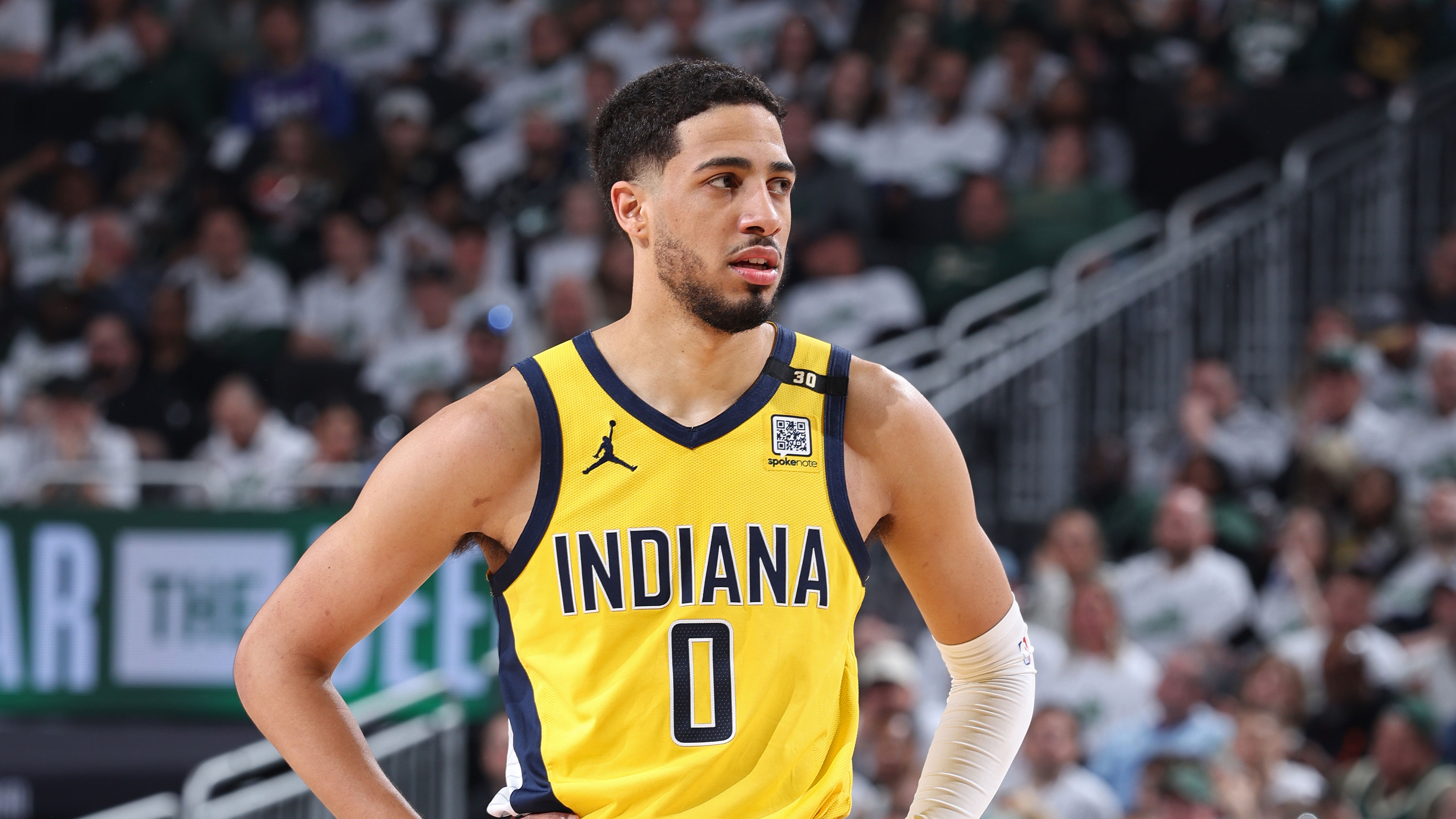Lawson is a player who has the production and pedigree of a high-value draft pick. But his weaknesses have scared off some who struggle to see what his role would be in an NBA rotation. Time and time again we have seen prospects who dominated the NCAA game, but didn’t have the ability to stick in the league. This is what precisely what has made some overlook Lawson’s stellar numbers over 101 career games.
Strengths:
Lawson is a very effective scorer and when you look at the per 100 possessions numbers, his statistics pop off the page. Over three seasons playing NCAA basketball, Lawson scored 30.8 points per 100 possessions.
He scored his baskets on a variety nice shots from the low post and midrange area, with the ability to stretch his jump shot out to 3-point range should he more repetitions.
Lawson’s go to move at this stage of his development is a jump hook over his left shoulder. But he can finish well from the post with either hand, just preferring to finish with his right. In 2018-19 he converted his FGAs at the rim at a 65.4 percent rate (per Hoop Math), leading to the best offensive rating of his career (117.4 points per 100 possessions).
He keeps defenses off balance by attacking with his faceup game from the mid-post area, where he succeeded in hitting a solid 40.8 percent of his “short midrange FGA” per The Stepien’s shot chart data. The Stepien’s data also had Lawson hitting an impressive 39.1 percent of his 3-point shots that are from NBA 3-point range.
His jump shot form is fine, but he will need to work on quickening up his release at the next level. Fortunately, film from as recent as the NBA Combine suggest that he is making strides when it comes to becoming a legit NBA stretch-4.
The great thing about Lawson’s game--specifically when you are projecting him on to the Bulls--is that while he did maintain a high usage rate and high FGA per game numbers throughout his career, his amazing activity as an offensive rebounder makes him a threat even when plays aren’t run for him.
Lawson snatched down 307 offensive rebounds over his three years in college, translating to 3.0 offensive rebounds per game for his career. Just as important as snagging those boards is converting them into quick baskets and Lawson does just that. He converts rebound putback FGAs at an absurdly efficient rate of 81.8 percent per Hoop-Math.com. Boylen likes his bigs to exude toughness and hit the glass, and while Lawson may not have the strength of some NBA 4s, but he is always willing to mix it up in the paint going for contested rebounds.
He brings that same tough mentality when he is attacking the basket, whether it be off the dribble, in the post or in transition, where his length makes him devastating. Lawson shot 65.4 percent on FGAs at the rim and was the driving force behind a Kansas Jayhawks offense that scored 113.9 points per 100 possessions, good for 27th in the nation (via Ken Pom).
NBA
Despite lacking a clear-cut position in the NBA, Lawson figures to be a solid defender with the potential to develop into a great defender. It will just take the right coach to get him to play high-intensity defense on a consistent basis.
With a 7-foot-2-inch wingspan, the second longest hands at the NBA Combine and a near 9-foot standing reach, Lawson has all the tools needed to be a very mobile rim protector. He averaged 1.6 blocks per game for his career and should be able to bring that shot-blocking prowess with him to the league.
In lineups with Lauri Markkanen, Lawson could focus on the tougher matchup, theoretically freeing up more energy for Markkanen to use on offense. In lineups with Wendell Carter or Otto Porter as the other big on the floor, Lawson would be able to get his scoring going while likely helping Boylen form some of his best defensive lineups.
Weaknesses:
Lawson has the potential to be a player who can fit into a variety of offensive systems, but his reluctance to pass from the post could be his undoing. He has been the No. 1 offensive option throughout his career, and the 2018-19 season represented his highest usage rate for a single season at 29.1 percent. But despite 2018-19 being his highest usage rate season, it also represented his worse in terms of total assists.
In only one of his three seasons did he finish with more assists than turnovers and in watching game tape, it appears he will struggle mightily when it comes to making high-level reads in the NBA. It doesn’t take long sifting through games to see Lawson take a heavily contested shot against a throng of opponents. The Big 12 conference provided Lawson with much more competition than he received when playing at Memphis at the start of his career, and he occasionally forced shots while trying to prove he belonged.
He was still an effective scorer despite all this, posting a 57.8 true shooting percentage despite going into “chucker mode” at certain points during games, but being a one-trick pony won’t cut it in the NBA. His impressive finishing in traffic will be much tougher when dealing with NBA length. If his inside scoring game takes a step back, it will put even more pressure on Lawson to develop into a big that can confidently knock down a decently high-volume of 3-pointers.
He doesn’t have top-end speed or burst off the floor, and will likely struggle every night with his matchup until he learns the nuances of NBA defense.
Long-term outlook:
Ultimately, Lawson has a great chance to be the best second round pick in a particularly shallow draft. Rather than being a slight, this means that he is likely to outplay his draft position by a decent amount.
As long as the team drafting him understands the limitations of his game, Dedric Lawson is poised to be a steal in the 2019 NBA Draft.


